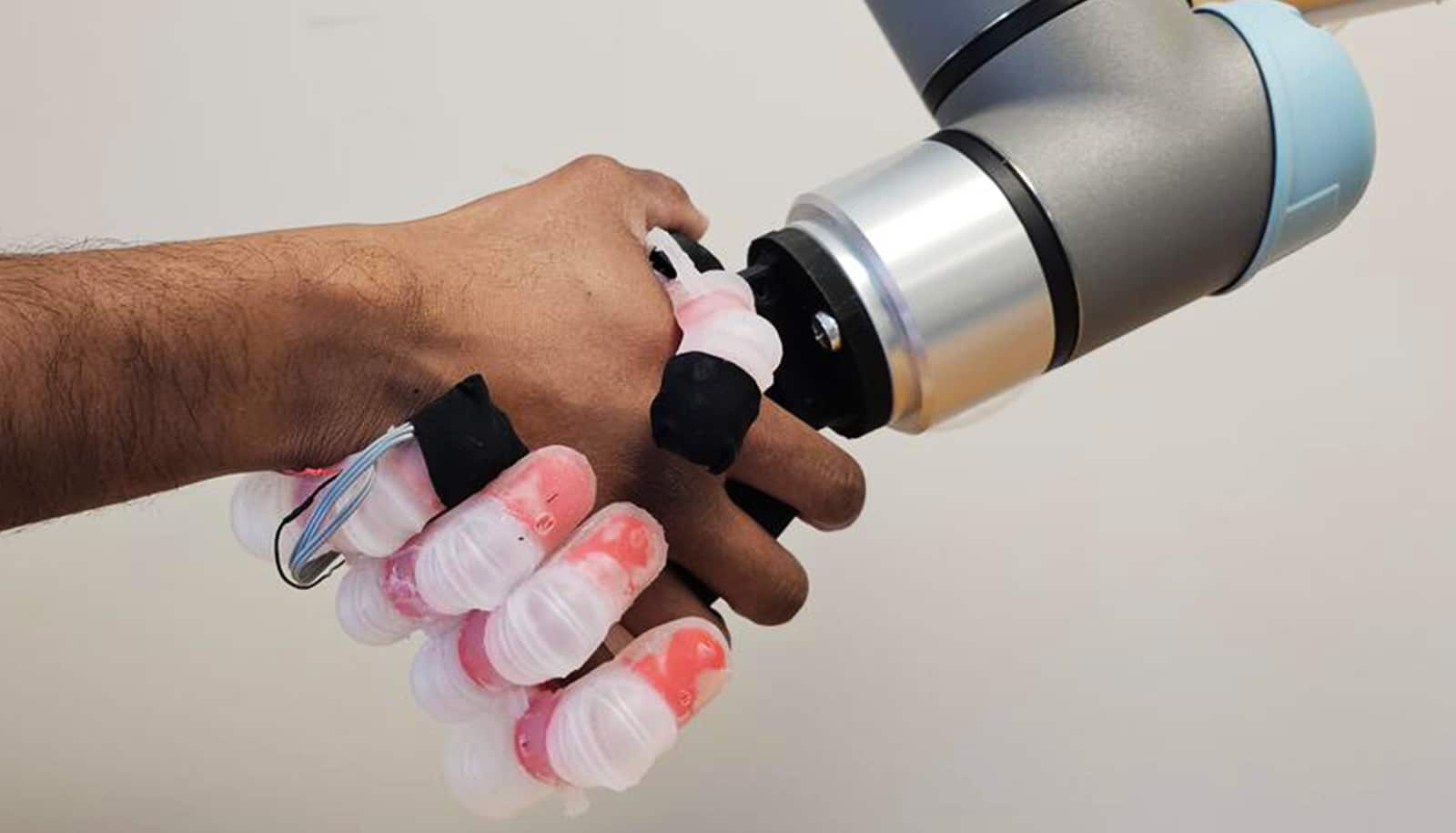Researchers have created a “smart” prosthetic ankle that moves with the user to tackle one of the main challenges with current prosthetic ankles: stairs and irregular terrain.
It’s virtually impossible to know Mike Sasser’s left leg is a prosthetic one—after a decade of practice, he moves surely and swiftly through his busy days as a consultant and father.
“I talked to one person whose favorite restaurant was at the top of a long flight of stairs, so they haven’t eaten there in 10 years…”
But when Sasser encounters uneven ground or a flight of stairs, he focuses very hard on balance, because that’s when using a prosthetic can mean taking a tumble. For years, he’s been making a difference by testing the “smart” prosthetic ankle, which takes on this problem.
Prosthetic ankles available now are static, meaning users can’t adjust their feet to different terrains. Many swing the prosthetic leg outward ever so slightly during regular walking to make up for feet that don’t naturally roll through the motion of walking.
“I’ve tried hydraulic ankles that had no sort of microprocessors, and they’ve been clunky, heavy, and unforgiving for an active person,” Sasser says. “This isn’t that. It actually lifts the toe for you. There’s a definite market for this.”
The device is from the lab of Michael Goldfarb, professor of mechanical engineering; professor of electrical engineering and physical medicine and rehabilitation; and codirector of the Center for Rehabilitation Engineering and Assistive Technology at Vanderbilt University. He’s perhaps best known for working on a bionic leg with shark attack victim Craig Hutto and later developing the world’s first easily portable, wearable robot—the Indego exoskeleton.
The ankle has a tiny motor, actuator, sensors, and chip that work together to either conform to the surface the foot is contacting or remain stationary, depending on what the user needs.
Goldfarb says the problem with finding workable prosthetic ankles is so pervasive that many amputees only wear one type of shoe—whichever one works best with their prosthetic.
“Our prosthetic ankle is intelligent, so you can wear a dress shoe, a running shoe, a flat—whatever you’d like—and the ankle adapts,” Goldfarb says. “You can walk up slopes, down slopes, up stairs and down stairs, and the device figures out what you’re doing and functions the way it should.”
Harrison Bartlett, a PhD student in Goldfarb’s lab, works with Sasser, gathering feedback from the sensors and making adjustments based on both the data and Sasser’s user experience.
Prosthetic foot designed for really high heels
Bartlett interviewed nearly 100 potential users to understand what would make the ankle a success. His team hopes to commercialize the ankle within the next couple of years.
“I talked to one person whose favorite restaurant was at the top of a long flight of stairs, so they haven’t eaten there in 10 years,” he says. “Another sat on benches throughout an amusement park while their family enjoyed the rides because they couldn’t be sure about navigating that with their prosthetic. We want to return people to any of the life activities they want to do.”
Bartlett is a participant in the National Science Foundation’s I-Corps program for budding entrepreneurs.
Source: Vanderbilt University



